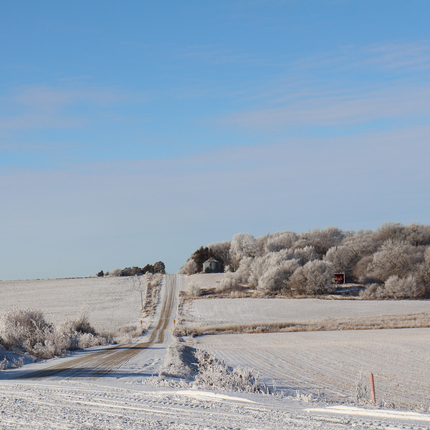By Johnathan Hladik, former policy director
The Pew Research Center finds that only 63 percent of rural Americans have a broadband internet connection at home, and 24 percent of rural adults consider access to high speed internet a major problem in their local community. Recent policy developments are designed to address this. But, will they be enough?
In July, the Federal Communications Commission released a Report and Order establishing the Digital Opportunity Data Collection program. This new program will collect geospatial broadband coverage maps from Internet service providers, the results of which will be used for direct funding to fill “gaps” in broadband coverage. This is a marked improvement over the commission’s current approach, which relies on Form 477 to make broad access generalizations at the Census block level. That method has led to dramatic overstatements of coverage and is responsible for many of the rural access challenges we see today.
The Report and Order calls upon states to help ensure accuracy by validating provider data. This can be done through “crowdsourcing,” collection, and submission of fixed broadband availability information, or the establishment of a state-based validation process. The logic behind this request is sound. The commission recognizes that it is well suited to serve as an information clearinghouse, but poorly positioned to verify the accuracy of this information at the local level. That task must belong to the states.
The Digital Opportunity Data Collection program is unlikely to meaningfully improve data accuracy without this state action to validate provider information. That is why rural states must proactively establish a Broadband Data Validation Program.
A Broadband Data Validation Program should be designed to complement the broadband availability data submitted by service providers. It should empirically validate the accuracy of this data, and challenge its validity on behalf of the state at least once per year. The program should also target resources where public feedback, crowdsourcing, or other evidence suggests that federal data may be inaccurate, giving priority to data validation in rural areas.
State governments must have accurate data if they are to meaningfully improve broadband access in rural areas. Accuracy is also essential to ensuring states receive their due share of funding from the Federal Universal Service Fund and other federal programs. The states that establish a Broadband Data Validation Program will be in position to outcompete those who mistakenly cede their role to the Federal Communications Commission, all while better serving citizens and holding providers accountable.




